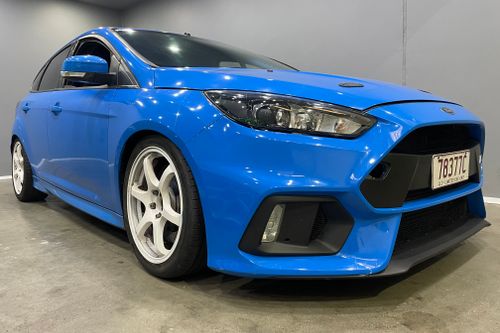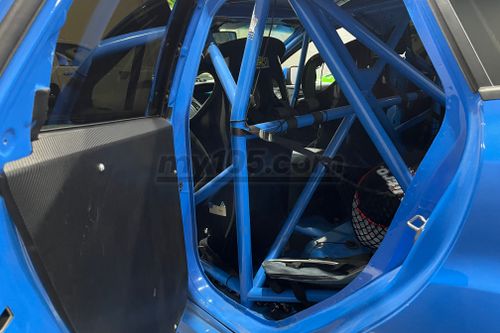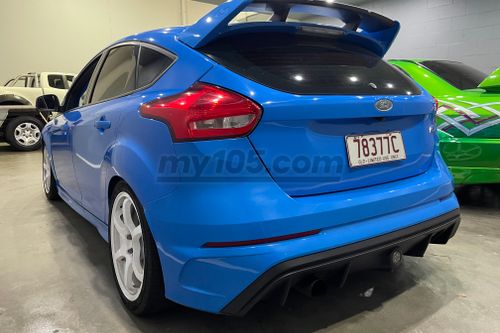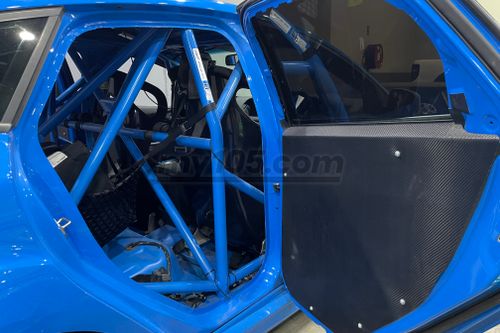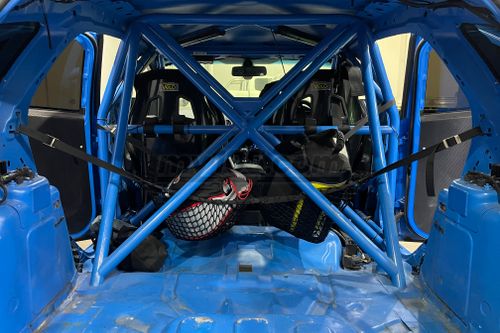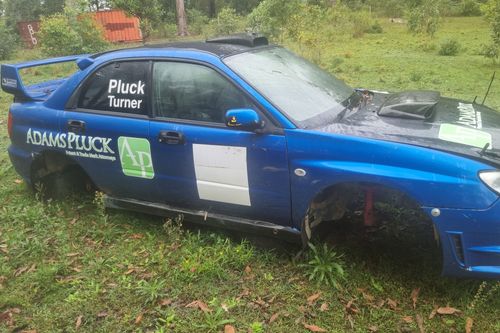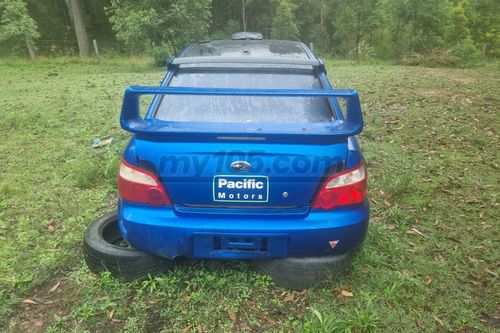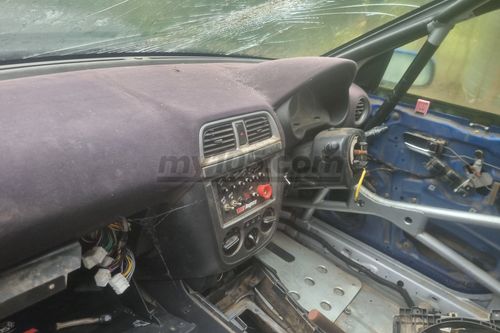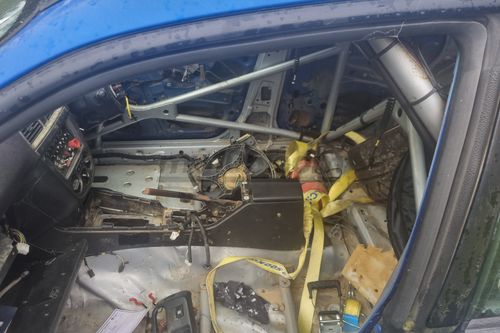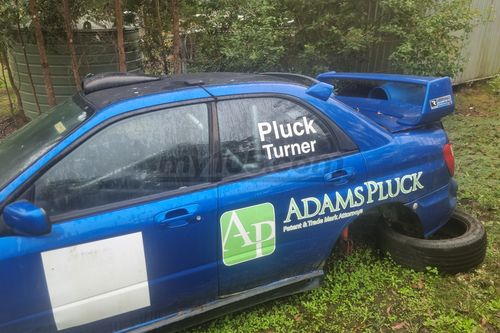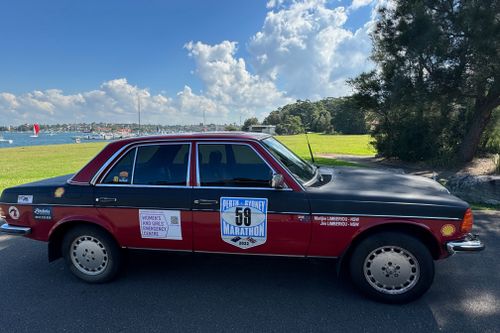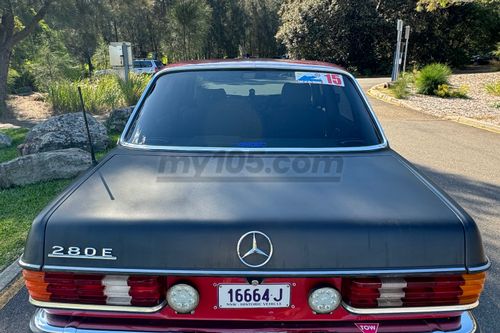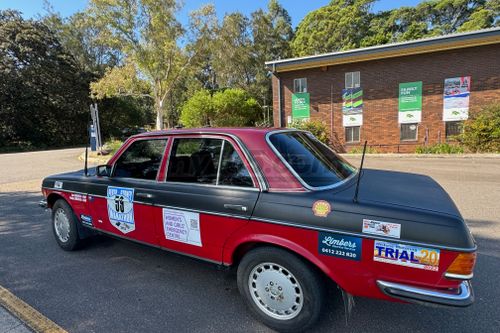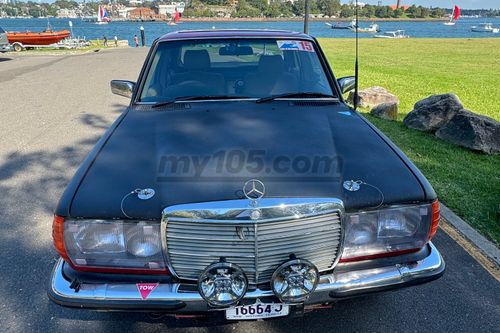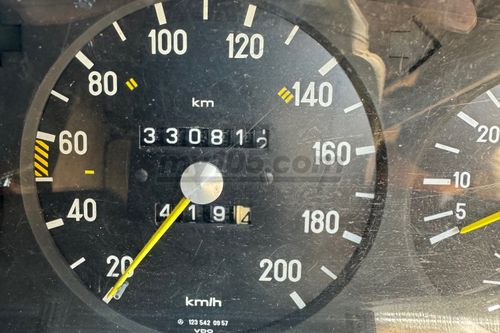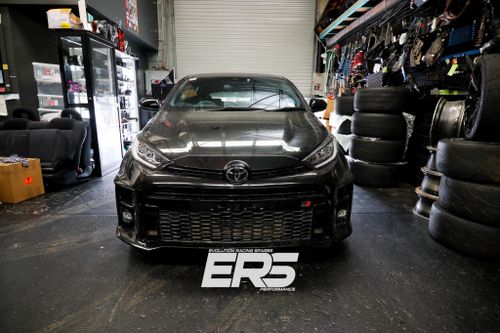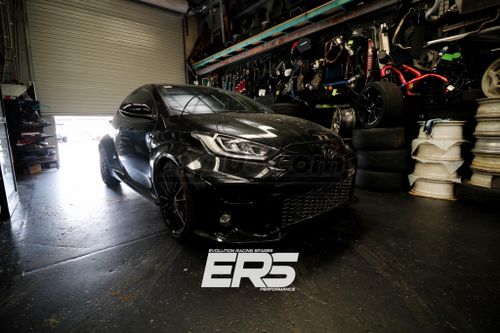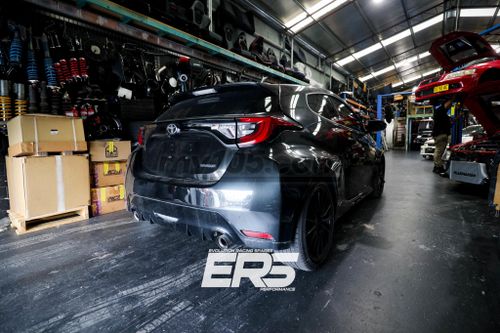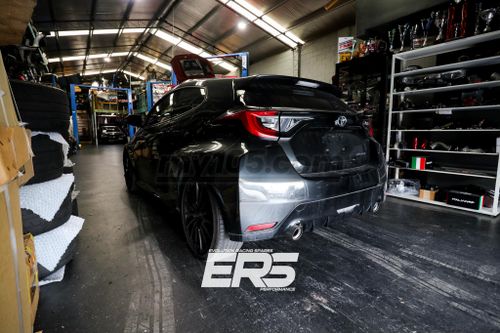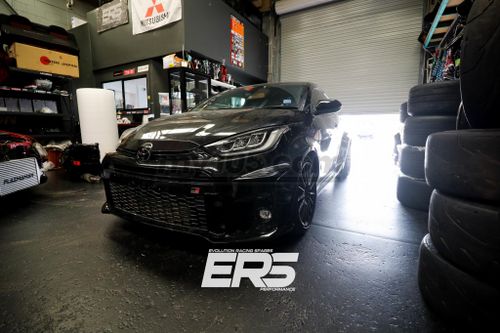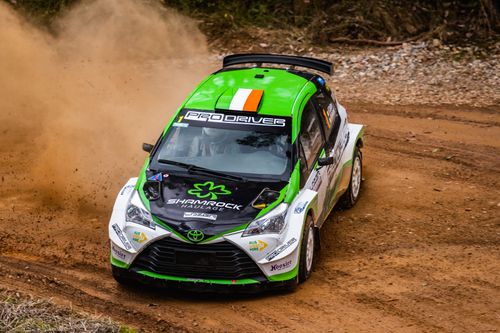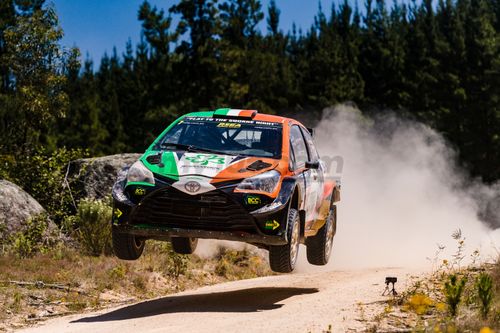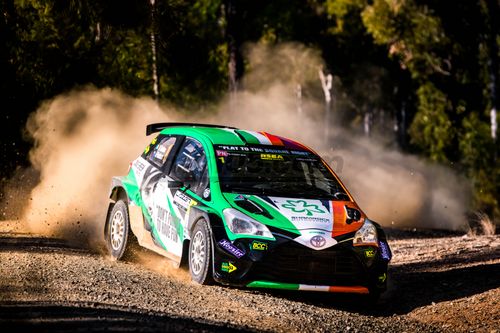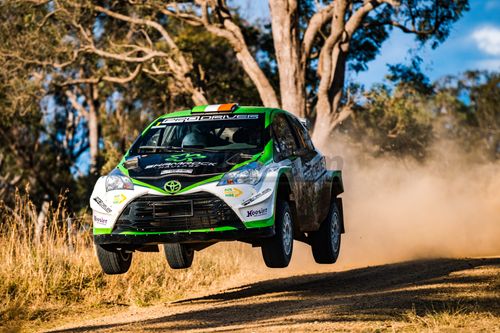31 Rally Cars for sale in New South Wales
Rally cars are typically designed with a focus on durability and all-weather performance, as they often have to contend with a wide range of conditions during competition. They are usually based on production cars, but often have modifications that make them more suitable for rallying. Many are actually road legal because rally events often take place on public roads.
Rally cars are typically equipped with a handbrake, which is used to initiate a four-wheel drift around corners. This is one of the most iconic aspects of rally driving, and it takes a great deal of skill to master. Rally drivers also need to be very adept at reading the terrain and making quick decisions on the best line to take through a stage.
Co-drivers play a vital role in rally competitions, as they are responsible for reading stage notes and communicating them to the driver. This allows the driver to focus on the task at hand and maintain a good pace through the stage. Co-drivers also keep track of the car's position during the rally, which is crucial information for both the driver and team strategists.
Most modern rally cars are four-wheel drive, which gives them better traction on loose surfaces such as gravel or dirt. This is useful in rally competitions, where the stages (the individual sections of the race) are often run on such surfaces. Historically, rally cars were mostly two-wheel drive. However, four-wheel drive rally cars began appearing in the 1980s, and by the early 1990s, they became the norm in rallying.
If you're interested in getting started in rally racing, there are a few things you'll need to do. First, you'll need to find a car that meets the requirements for the class you want to compete in. Once you have a car, you'll need to make sure it's prepared for racing. This includes adding safety equipment, such as a roll cage, and making any necessary mechanical modifications. You'll also need to get a racing license from your local motorsport authority.
Live Cars (31)
Popular Past Cars (236)
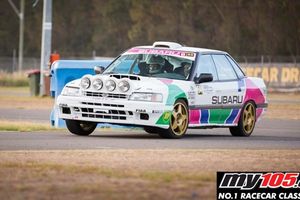
1991 (LHD) Subaru Legacy Turbo
This rare left hand drive Legacy was professionally built by Rocket Rally in Canada (who run the Canadian Subaru works team) and has been driven to numerous regional wins and podiums by the top driver
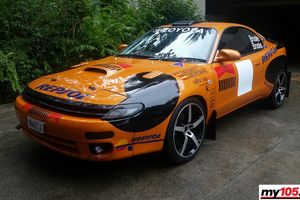
Toyota Celica ST185 GT4 1990
Toyota Celica ST185 GT4 Australian Wide Body Currently set up for Early Modern Tarmac Rally Brand new ST215 Engine with Forged Con Rods ,CP Pistons, large Super Tech Race Valves, Sure Cams with HKS Ad
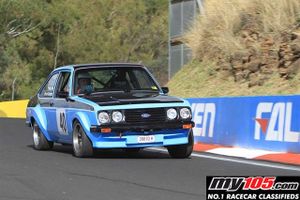
Ford Escort RS 2000 1979
2 litre Pinto eng, Esslinger Cam, 50mm Webers, Mallory ignition, 220HP redline 8200 RPM, 5 speed Quaife gearbox, rear suspension, 5 link Bilstein Turret shocks, 5.1 Borg Warner LSD Diff, commodore bra
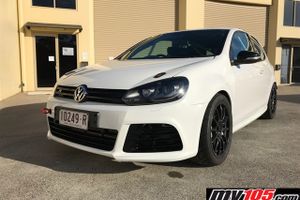
VW Golf R Mk6 3Door
2010 Model VW Golf R Tarmac Rally Car, Track Car or Improved Production Car with both CAMS and AASA log books. 2.0ltr Turbo AWD with 6 Speed DSG Gbox and the following upgrades; Near new Racetech seat
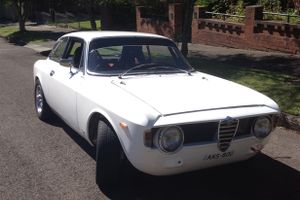
ALFA GIULIA SPRINT GT 1968
Tarmac rally and/or supersprint car. This car was built by Corse Automotive in Sydney to enter in tarmac rallies - but it never eventuated. It has a high compression 2ltr motor, twin 45 webers, new br
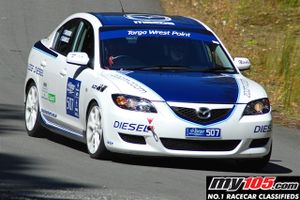
Mazda3 Diesel Showroom spec
Class winning. Prepared with Mazda Motorsport - no expense spared - $10k on suspension alone. Welded in CAMS cage. Also comes with ALL BRAND NEW road gear (seats, trim, airbags, seat belts etc) and fu
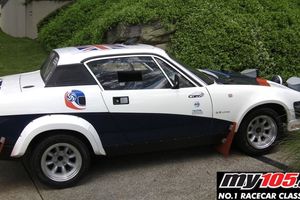
Triumph TR7 / TR8
Road registered track & rally car Cams log book brand new fully worked 4 litre V8, 4 bolt mains roller rockers race engine built by Nicotra Race Engines cost $9,000 Supra gearbox. Volvo brakes, full
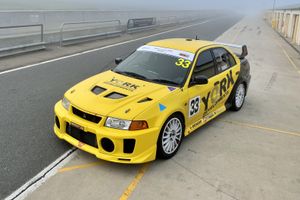
1998 Mitsubishi Lancer Evolution 5 (Evo V)
Mitsubishi Circuit/Tarmac Rally EVO 5 RS Mark King's original 2000 Austrlian Production Car Championship winning car. Immaculate condition. This car is prepared for circuit racing but also comes with
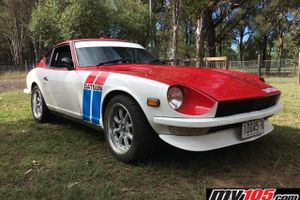
Datsun 260z Tarmac Rally Car
Datsun 260z 2 seater Cams logbook nsw rally rego Tower to tower weld in roll cage, 280z engine and gearbox, R200 LSD Z31 turbo 5 stud hubs and brakes, hydraulic hand brake, coil over suspension, Wata
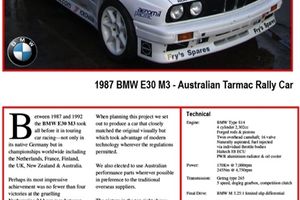
BMW E30 M3 Tarmac Rally Car
For sale BMW E30 M3 tarmac rally car. Bare metal rebuild from imported road car. Please see ‘flyer’ for detailed description. Comes with spares and two sets of rims. Been sleeping in my garage sin
Browse Categories
- Box Trailers
- Buggies
- Burnout Cars
- Car Trailers
- Classic Cars
- Collectables & Memorabilia
- Drag Cars
- Drift Cars
- Enclosed Trailers
- Engines
- Formula
- Go Karts
- High Performance Cars
- Historic Cars
- Hot Rods
- JDM Cars
- Motorcycle Trailers
- Motorcycles
- Muscle Cars
- Off Road Race Cars
- Parts & Accessories
- Race Cars
- Rally Cars
- Speedcars
- Speedway Cars
- Sports Cars
- Sprint Cars
- Suspension, Brakes, Tyres & Wheels
- Track Cars
- Transmissions & Gearboxes
- Trophy Trucks
- Unfinished Project Cars
- Unique, Show & Prestige Cars
- V8 Cars
- Vintage Cars
- Workshop, Crew, Drives & Apparel
Browse Locations
- Rally Cars in Australia
- Rally Cars in New Zealand
- Rally Cars in United States
- Rally Cars in United Kingdom
- Rally Cars in Canada
- Rally Cars in New South Wales
- Rally Cars in Victoria
- Rally Cars in Queensland
- Rally Cars in Western Australia
- Rally Cars in South Australia
- Rally Cars in Australian Capital Territory
- Rally Cars in Tasmania
- Rally Cars in Northern Territory
Browse Cars
- Mitsubishi in New South Wales
- Mitsubishi Lancer in New South Wales
- Mitsubishi Lancer Evolution 7 (Evo VII) in New South Wales
- Mitsubishi Lancer Evolution 3 (Evo III) in New South Wales
- Mitsubishi Lancer Evolution 10 (Evo X) in New South Wales
- Mitsubishi Lancer Evolution 6 (Evo VI) in New South Wales
- Mitsubishi Lancer Evolution 4 (Evo IV) in New South Wales
- Mitsubishi Lancer Evolution 5 (Evo V) in New South Wales
- Mitsubishi Lancer Evolution 8 (Evo VIII) in New South Wales
- Mitsubishi Lancer Evolution 9 (Evo IX) in New South Wales
- Mitsubishi Galant in New South Wales
- Mitsubishi Triton in New South Wales
- Mitsubishi Lancer in New South Wales
- Subaru in New South Wales
- Datsun in New South Wales
- Ford in New South Wales
- Toyota in New South Wales
- Mazda in New South Wales
- Nissan in New South Wales
- BMW in New South Wales
- Holden in New South Wales
- Renault in New South Wales
- Audi in New South Wales
- Hyundai in New South Wales
- Alfa Romeo in New South Wales
- Capri in New South Wales
- Daihatsu in New South Wales
- Isuzu in New South Wales
- Jaguar in New South Wales
- Mini in New South Wales
- Morris in New South Wales
- Suzuki in New South Wales
- Triumph in New South Wales
- Trophy Kart in New South Wales
- Volkswagen in New South Wales
- Volvo in New South Wales
